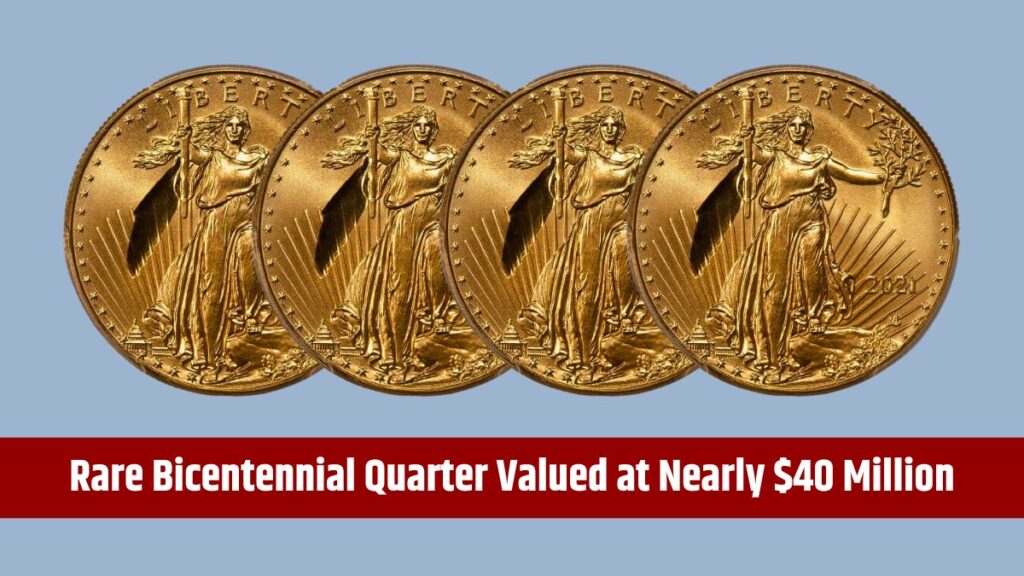

The Bicentennial Quarter, released in 1976 to mark America’s 200th anniversary, holds a special place in U.S. coin history. While most are still only worth 25 cents, a select few have become incredibly valuable, fetching thousands—or even millions—at auctions. In this article, we’ll explore three standout Bicentennial Quarters that collectors are paying top dollar for, and what makes them so rare.
Why Are Bicentennial Quarters So Unique?
Issued in 1975 and 1976, these quarters feature a one-time-only reverse design: a colonial drummer standing beside a victory torch. While the obverse still showcases George Washington, the reverse symbolizes America’s revolutionary roots.
Although hundreds of millions were minted, only a few versions—thanks to special materials or rare errors—have become high-value collectibles. Here are the three most coveted.
1. 1976-S Silver Proof Bicentennial Quarter
What Makes It Special?
Unlike standard copper-nickel quarters, this version was struck in 90% silver and only sold in proof sets by the U.S. Mint. With a limited run of about 3 million, it’s a rare find.
Why It’s Valuable:
High silver content, limited mintage, and collector demand make this a standout. Coins in perfect proof condition (PR-69 or PR-70) can sell for $10,000 or more.
2. 1976-D Double Die Obverse Bicentennial Quarter
What Makes It Special?
This minting error results in a “doubled” appearance on the front of the coin, especially in the word “LIBERTY” and the date “1976.” Only a few hundred examples are known.
Why It’s Valuable:
As one of the rarest varieties, it’s a top target for error coin collectors. Coins graded MS-65 or higher can go for $10,000 to $25,000, with pristine examples fetching even more.
3. 1976-P Bicentennial Quarter with Clad Error
What Makes It Special?
This error occurs when the layers of metal (cladding) are not properly fused, leading to missing or uneven cladding.
Why It’s Valuable:
Clad errors are rare and eye-catching, making them popular among collectors. Depending on the severity and condition, these can sell for $1,000 to $5,000 or more.
What Drives Their High Value?
- Rarity: Limited mintage and unique production errors.
- Minting Mistakes: Doubled dies and clad errors make coins one-of-a-kind.
- Historical Significance: Commemorates the U.S. Bicentennial—a major milestone.
- Collector Demand: Serious numismatists pay top dollar for unique, well-preserved pieces.
Tips for Identifying a Rare Bicentennial Quarter
- Look for doubling in lettering or the date.
- Check the edge for missing or irregular cladding.
- Weigh the coin—silver versions are heavier.
- Grade your coin professionally to determine authenticity and condition.
Final Thoughts: A Treasure in Your Pocket?
That loose change in your drawer might be worth more than you think. Bicentennial Quarters, especially those with rare features or mint errors, continue to rise in value. Whether you’re an experienced collector or just getting started, keep an eye out for these hidden gems—you could be holding a small fortune in your hand.
